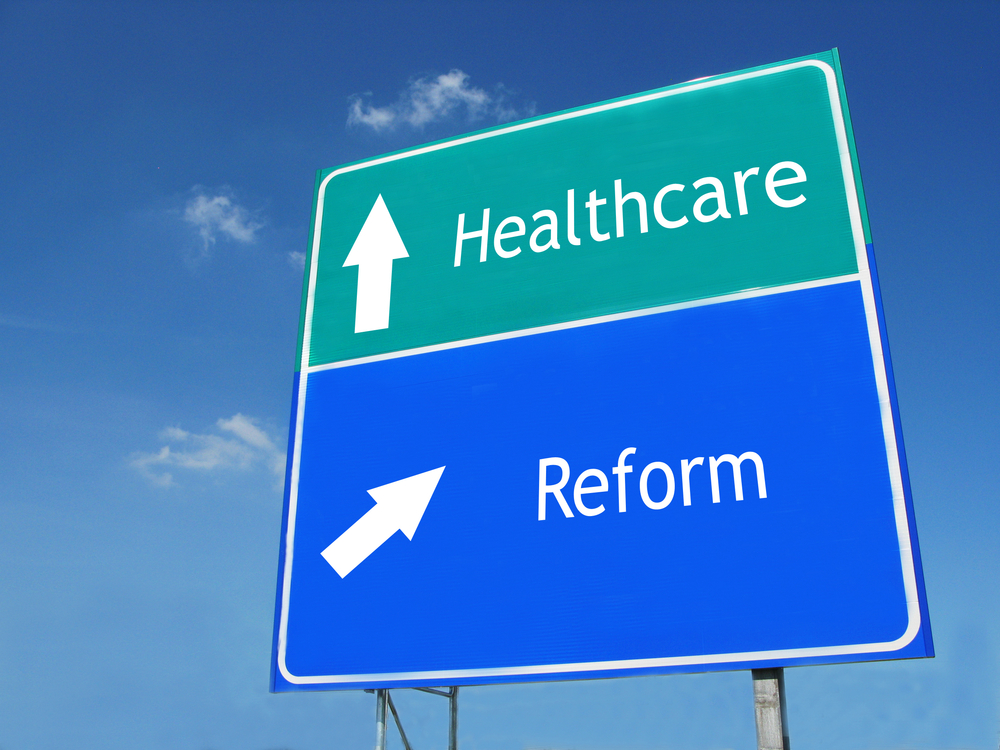American citizens pay for their health insurance through premiums and co-pays, but they remain at risk for substantial out-of-pocket medical bills after receiving treatment for just one illness or injury that could leave them filing for bankruptcy.
According to the film Healthcare at the Tipping Point, 40,000 unnecessary deaths occur each year due to delayed care and a lack of health insurance, and more than 60% of personal bankruptcies in the United States are associated with medical bills. As U.S. healthcare costs continue to rise, patients are accountable for paying the balance of their medical bills to insurance companies, hospitals, and pharmaceutical companies (the medical–industrial complex). Whenever healthcare professionals, my peers, complain that they don’t want universal healthcare coverage or government control, I remind them that the United States is the only industrialized nation without universal healthcare, and that it has the most uninsured patients and patients who file for bankruptcy due to unpaid medical bills.
The impact goes beyond the individual patient. Businesses hire fewer employees between the ages of 50 and 64 to reduce their healthcare expenditures. However, young or old, it’s the sick employees who become a financial burden to companies and their bottom-line success. Physicians can no longer honor their Hippocratic Oath when the medical–industrial complex denies care and treatment in the name of reducing healthcare costs.
It’s been incredibly disheartening to serve as a healthcare professional in a “profit before patient” environment. Patients and their families are at the mercy of healthcare monopolies for lifesaving care and treatment while some can barely pay for necessities.
A universal healthcare plan similar to Medicare could provide basic, free healthcare to all U.S. citizens with an option for supplementary insurance. Medicare has been successful in controlling hospital and physician reimbursement rates and, according to a film produced by Unfinished Business, the U.S. Department of Veterans Affairs has lowered healthcare costs by 41%. Traditional Medicare requires no prior authorization for procedures or surgery, patients can choose their provider, and administrative fees are low (2% to 3%) compared to Medicare Advantage (17%).
Other potential solutions include price transparency to give consumers a view of their out-of-pocket costs, so they can negotiate price or take their business elsewhere. In addition, lowering the age of Medicare coverage to 60 to improve access to preventative services and reduce the progression or development of chronic disease and associated long-term management costs.
The United States can get the big things done, even universal healthcare for all citizens. I hope to see this play out in my lifetime. However, the political concern for maintaining the status quo has left frontline healthcare workers stressed, morally injured, and serving a system that’s not adequately staffed and sorely in need of primary care that promotes healthy lifestyles, mental health, and disease prevention.
Nurses need to stand in this gap and inform legislators and leadership where the current system has failed our patients and our healthcare workers and recommend changes that include staffing legislation and access to basic healthcare, treatments, and prescription drug coverage.
As a nurse practitioner (NP) who expects to complete her doctor of nursing practice degree next year, I work each day to minimize my patients’ out-of-pocket healthcare costs by prescribing alternative drugs that have good efficacy and are cost-effective compared with other high-dollar medications. Also, as a cardiology NP, my supervising physician emphasized that if a test isn’t going to change the therapeutic plan, it’s not necessary. I quickly learned to reduce healthcare spending by minimizing unnecessary testing. I continue to promote health through preventive measures by evaluating risk and encouraging daily exercise, proper rest, good diet, and socialization to mitigate stress.
Finally, I answer the calls for RN action from my professional organizations, including the American Nurses Association, to support legislation for fair staffing ratios and price transparency. Nurses can raise awareness about patient safety, quality care, healthcare reform and spending objectives. Opportunity exists all around where nurses can immediately make a difference in reducing the costs of healthcare for their patients while improving patient outcomes. Nurses, NPs, especially doctoral nurses, must fortify their confidence and speak out on the issues that are eroding the healthcare system and where the current healthcare model replaces the nurses ethical code with an unsustainable healthcare industry that promotes profits before patients. This is a wakeup call for the nursing profession. Implement strategies that will keep your patients in good health. When nurses unify, big changes can occur, contributing to societal wellbeing. Make your advocacy visible. I have.
References
Commonwealth Fund. Reducing health care spending: What tools can states leverage? August 18, 2021.
Unfinished Business. Healthcare at the Tipping Point. July 4, 2016.


















